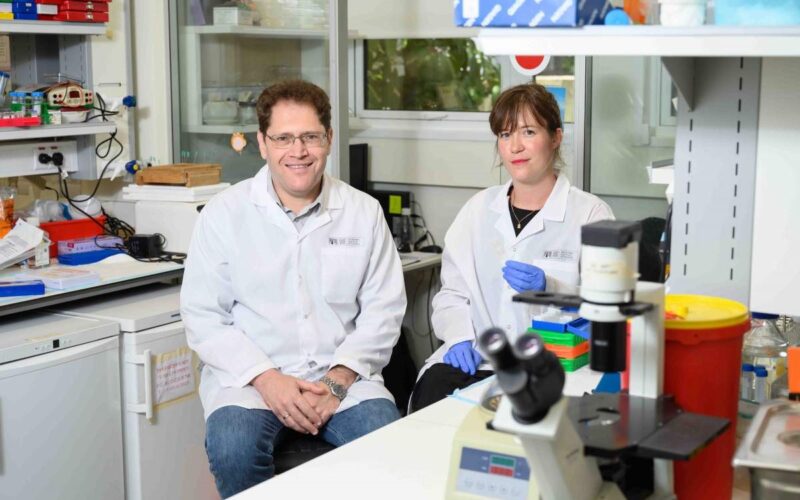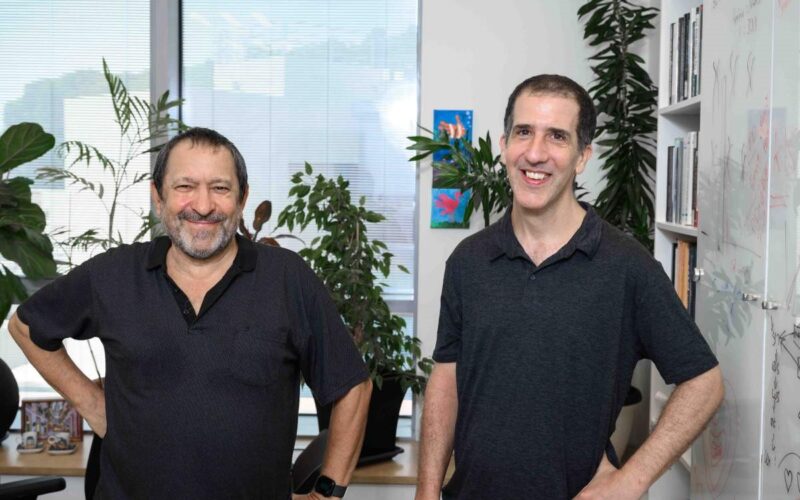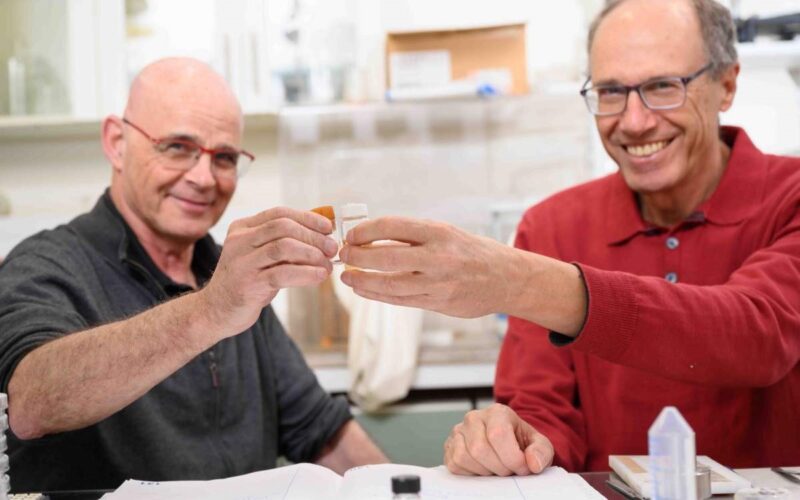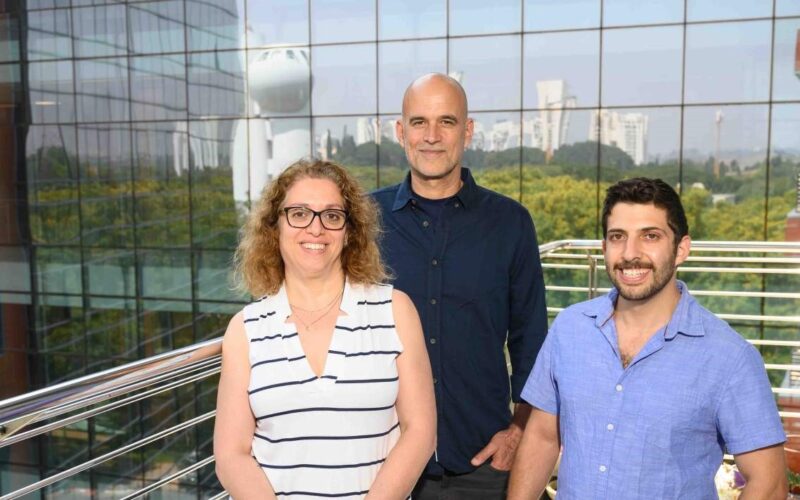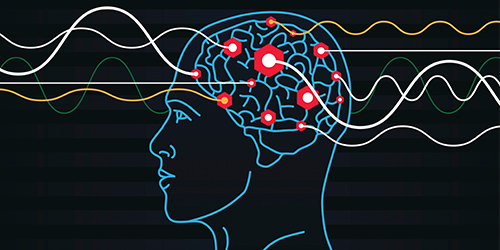
October 24, 2020
Nicola Tesla thought up his alternating current induction motor while walking, Margaret Atwood comes up with ideas while bird-watching, and Archimedes was famously inspired to formulate the laws of buoyancy while sitting in his bath.
Researchers at the Weizmann Institute of Science now propose an explanation for these mysterious moments of inspiration that pop up from the depths of our unconsciousness and when in a state of rest.
The researchers, led by Rotem Broday-Dvir in the group of Professor Rafi Malach of the Neurobiology Department, found that spontaneous waves of brain activity – also called resting-state fluctuations – are the origins of this amazing, yet poorly understood, human ability; and they propose that these fluctuations are a universal mechanism underlying creativity.
Around 20 years ago, Professor Amiram Grinvald and Dr Amos Arieli of Weizmann’s Neurobiology Department, pioneered research into the phenomenon of spontaneously emerging resting-state fluctuations – very slow fluctuations of neuronal activity that occur subconsciously and are distinguishable from the bursts of activity that occur when conscious events take place.
These slow fluctuations have been likened to a sort of ‘screen saver’ for the brain; they take place when our brains are resting and not engaged in a concrete task or sensory processing. Moving through the various neuronal networks in the cortex, the fluctuations form complex, repeating and often symmetric patterns. Despite intensive research in the intervening years, these fluctuations have remained mysterious.
Malach and others have come to see these slow, spontaneous fluctuations as a sort of ‘biological noise’ – originating from random, weak activity in each individual nerve cell. Though random, this activity is shaped by the massive connectivity of nerve cells in neuronal networks. This can be compared to an audience clapping after a rousing performance: What starts as random noise becomes synchronised as people coordinate their clapping with their neighbours.
In a similar way, the brain’s neuronal firing is naturally noisy but is also synchronised through network connections so that the random noise is converted to slow, network-based fluctuations; these emerge in every neuronal network in the cerebral cortex.
While it may seem surprising that a phenomenon arising from random noise could play a pivotal role in human creativity, examples in which such noise plays an important, even crucial role abound.
Evolution creates new species through random mutations, and artificial intelligence networks often incorporate noise to optimise solutions. Broday-Dvir and Malach hypothesised that the spontaneous resting state fluctuations may be linked, in a similar manner, to the remarkable ability of the human brain to think creatively.
To test this idea, the researchers conducted a series of experiments in which participants were given standard tasks used to evaluate creative or free behaviours – for example, finding new uses for everyday objects or naming as many exemplars as possible of a particular category (e.g. noisy things) – while their brains were scanned with functional magnetic resonance imaging (fMRI).
Each time one of the participants came up with a creative idea, the researchers noted that the reporting of that idea was preceded by slow electrical activity that was highly reminiscent of slowly rising resting-state fluctuations. When the participants were given another task that did not require creative thinking, these slow fluctuations did not appear.
“We identified a slow wave that looked a lot like the resting-state fluctuations, but how could we prove they were the same?” asked Broday-Dvir.
“We found that every person’s resting-state fluctuations are slightly different. We identified these fluctuations in each participant’s brain before they performed the tasks. There was a significant correlation between the spontaneous, resting-state fluctuations and the slow activity that preceded the moment of a creative idea appearing.”
The scientists think of this noise as ‘structured noise’, meaning it is shaped by the unique architecture of the neuronal network in which it occurs. These architectures, in turn, reflect each individual person’s training and biases.
“Our learning and training shape our neuronal networks in a unique way that may enable the spontaneous fluctuations to produce creative ideas. Each of us may do this in our areas of talent, our fields of expertise and our personal interests,” said Malach.
“Such structured noise is the way our brain takes the familiar learned material and ‘shakes it up’ in a way that gives rise to new, original ideas.
“Creativity may be the most significant aspect of human behaviour. It is the engine that drives our advances in culture, science and technology. Thus, understanding the neural mechanisms underlying creativity could be important for illuminating and possibly even enriching creative thinking,” he concluded.
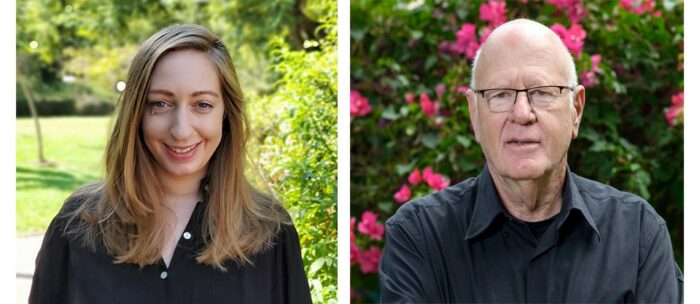
Rotem Broday-Dvir and Professor Rafi Malach



